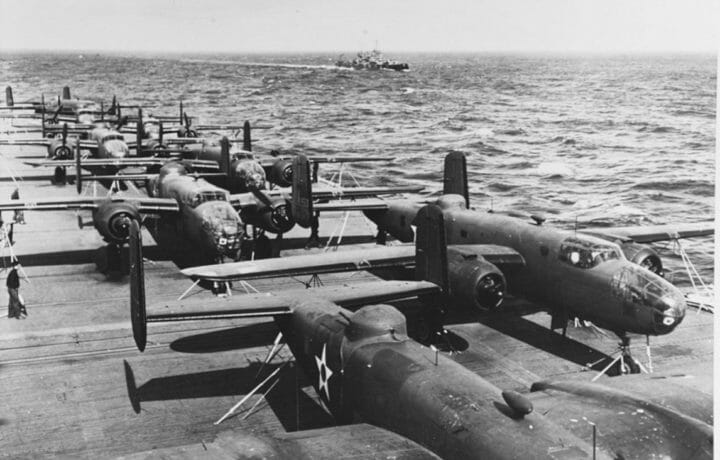Almost all of us know the dangers of the spy within. While today we may think of Edward Snowden and Reality Winner, the phenomenon is nothing new. During World War II one internal spy caused Nazi targets to be missed when bombers were sent to destroy them.
Spies, lies and WWII
Americans had spent decades studying how to make bombing more accurate. We believed we’d solved the problem with the precision Norden Bombsight. This scientifically designed, gyroscope-balanced device could accurately drop bombs from altitudes which could destroy enemy manufacturing, but wouldn’t needlessly massacre nearby civilians. It was so secret that it was only brought to an aircraft escorted by two armed men prior to that bomber’s taking off. It could be uncovered and revealed for use only when airborne. Pilots and crew were sworn to secrecy, and they received orders to physically destroy the bombsight should they be shot down. They even risked their own lives to do so.
All for naught. Herman W. Lang was a draftsman at Norden, where the bombsight was manufactured. A German who became a naturalized America citizen, he was an employee of this tightly controlled classified American project at the contractor facility. Unfortunately, it was not known at the company that he was previously a storm trooper in the Weimar Republic of Germany a decade earlier. In contact with German espionage elements, Lang copied the design of the bombsight. He insured it was delivered by ocean liner in 1938 to Germany. This is far from the only example. Espionage was prevalent, and never really ended with the end of the war. Indeed, it became more pervasive.
Cold War Insiders
In later Cold War years an American senior enlisted man stole Army secrets that might have compromised Allied defenses if we with NATO had gone to war with the Warsaw Pact. Indeed, study of the histories of Communist party activities in both the United States and United Kingdom reveal each was active in providing classified information to adversaries. Like Lang before them, post-war spies were efficient, and secretly employed by the people they wanted to betray.
We cleared personnel must not live as paranoids, frozen in our ability to act. We need only be cognizant of the possibility that an insider threat could exist, and plan reasonably for such an eventuality. We should first make sure that adequate time and a private interview room are made available for those officials whose job it is to interview our employees for their ‘bring up’ investigations. That is, every single interview should be seen as important. These periodic clearance ‘bring up’ interviews are not canned processes. They exist to protect our classified information by reviewing whether a current cleared employee has had any change, or undiscovered event, in his recent past or history, yet to be revealed. Continuous vetting hasn’t eliminated the need for security personnel to create touchpoints for their cleared personnel, even if the process may look slightly different. How long did the betrayers Aldrich Ames and Robert Hanssen work before their espionage was revealed? The combination of CV and ensuring SF-86 information is current can help address potential issues before an insider gets out of hand.
Next, we need to be sure we are honest. If a colleague has a drinking problem, a drug habit, or does not abide by proper security practices, tell someone. Make the reports of illicit activities a good practice which protects us all, and is seen to do so by our company or government agency. Why hope that a disgruntled wife, or distressed family member finally reveals the duplicity of a cleared person? Report to intelligence professionals, who handle everything in confidence. And after all, who’s to say their investigation will not be negative, once completed? Better to have concerns addressed, rather than carry doubts around forever. We need only read the consequences of having an insider compromise years of work and millions of dollars to realize the danger. Worse still, what if the betrayals lead to deaths of the innocent?
It was a truism that those who traveled over the border, or better said, the ‘Iron Curtain’ at least three times were surely approached by communist espionage recruiters. Today we might argue the same for those who travel abroad for family or social reasons. Foreign countries continue to keep records of their visitors. A preventive measure here would be to ensure that our company maintains records of all such travel of its employees. A recent case revealed that one company’s cleared travelers reported all trips except those to Canada. What, spies don’t work in Canadian climes? Before all travel, and upon each traveler’s return from abroad, personnel need to know they will be interviewed by a counterintelligence professional. This way our employees will be prepared should they encounter these often-ingenious approaches.
Preparation is the key to supporting a good interview during ‘bring up’ investigations. Pre-and post-travel interviews require the same attention to detail, and should be treated with the seriousness they require.




